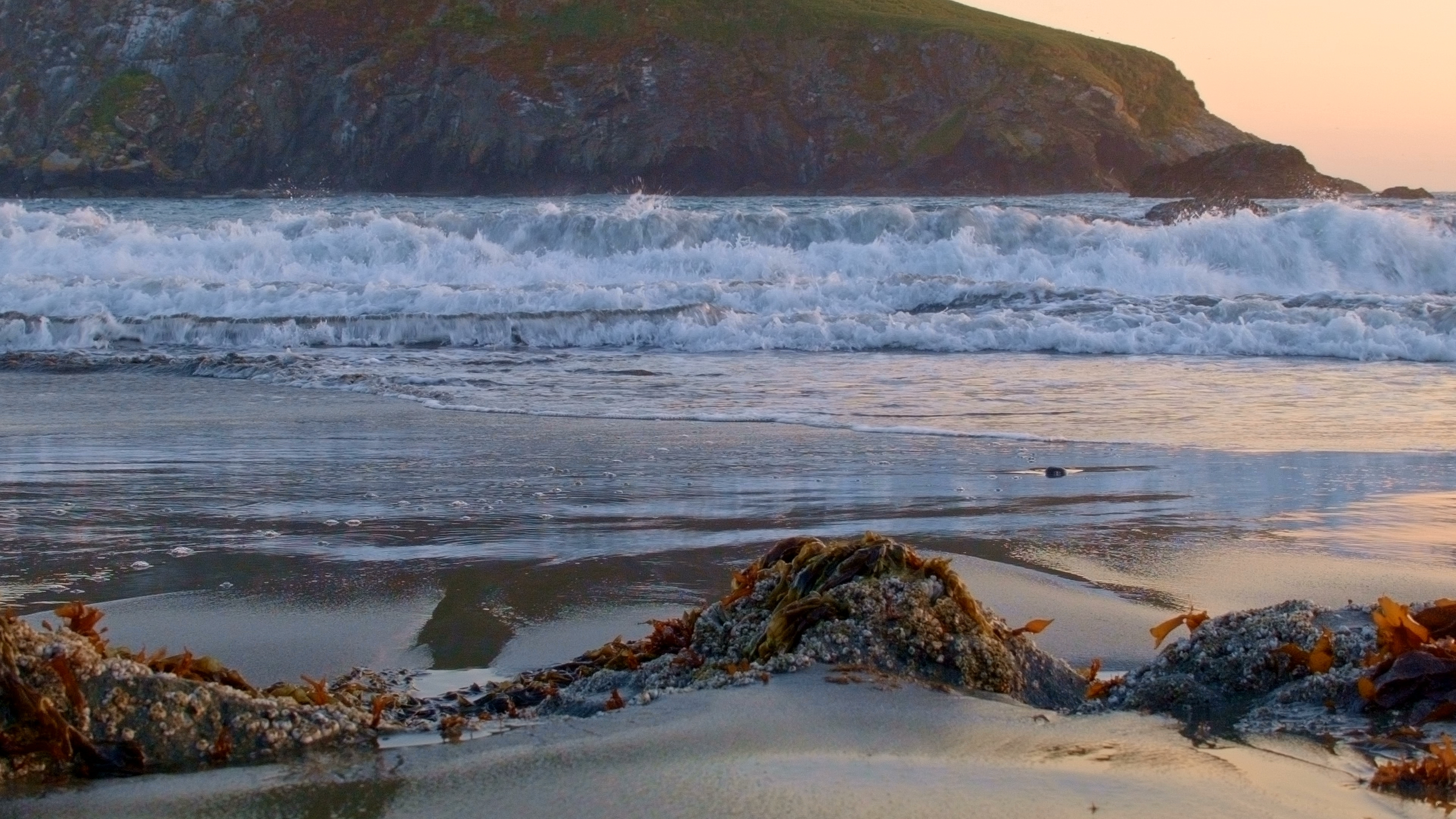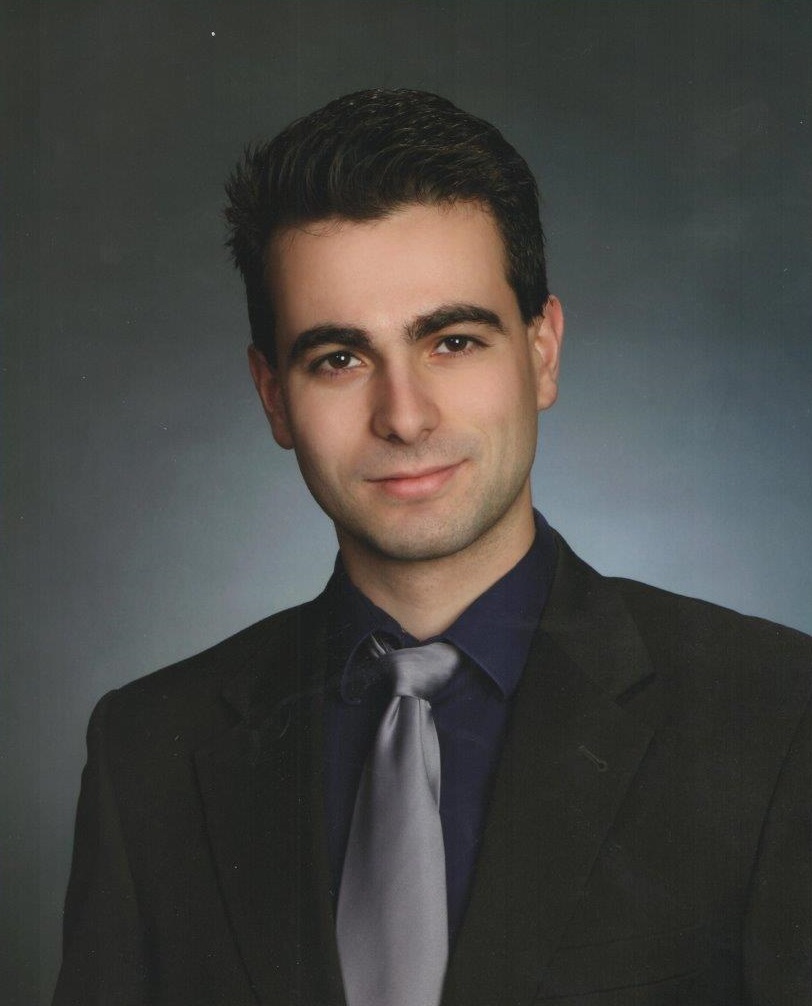Where in the Pacific Northwest Will the Next Monstrous Earthquake Strike?

Scientists have known that The Really big One, a monstrous 9.0-magnitude earthquake, may hit the Pacific Northwest within the next several decades. New geological research just determined that the quake is likely to strike northern Oregon or Washington State.
The Pacific Northwest sits atop the Cascadia subduction zone, which is a region where two tectonic plates collide; one plate is being pushed deep into the Earth's mantle, beneath the other slab. The two plates get locked together, and when one gives way, an earthquake will occur. The Cascadia subduction zone caused a massive quake (likely a magnitude 9) on Jan. 26, 1700, and it's possible that another might occur within decades.
That quake is likely to happen farther north than the one in 1700, according to a new analysis of the sediment found where the two plates meet. The research, which was published Nov. 20 in the journal Nature Geoscience, found that more compact sediment found farther north along the coast of Oregon and Washington is more likely to give rise to an earthquake than the less densely packed sediment in central Oregon that helps the tectonic plates slide along without incident. [Image Gallery: This Millennium's Destructive Earthquakes]
"With more porous sediments, the plate interface is more fluid-rich," said Shuoshuo Han, a geophysicist at the University of Texas at Austin who worked on the study. "You could consider that with more fluid, the plate interface is more lubricated and could slip more easily. Therefore, it is more difficult for stress to build up. In contrast, with well-compacted, less porous sediments, the plate interface is fluid-poor and could not slip easily," Han told Live Science.
There are no other significant differences in the sediment between the two regions, Han said. Both are made of the same minerals, but one is more tightly packed than the other, creating a less slippery interaction between tectonic plates. To collect the data, Han and her team aimed massive air guns down toward the bottom of the sea and recorded the sound waves that bounced back. Those signals helped the researchers determine just how porous or dense the seafloor sediment was.
"What we are doing is similar in principle to ultrasound imaging used in medicine," Han said. But her team used particularly large equipment to collect the signals, including a 5-mile-long (8 kilometers) streamer cable that gave them a high-resolution image of the seafloor.
Han hopes the team's research will help scientists understand how massive earthquakes are generated and help people around the world prepare for disasters. She intends to expand her research to study the sediment of other areas of the Pacific Northwest to get a more complete idea of how an earthquake might arise and to study other subduction zones.
Sign up for the Live Science daily newsletter now
Get the world’s most fascinating discoveries delivered straight to your inbox.
Currently, Han is traveling to the Hikurangi subduction zone off the coast of New Zealand to learn about the sediment compaction there, too. "Through comparison of different subduction zones," Han said, "we will have a better understanding of how the earthquakes and tsunamis are generated, and this will help the hazard assessment along the coast in these regions."
Original article on Live Science .










